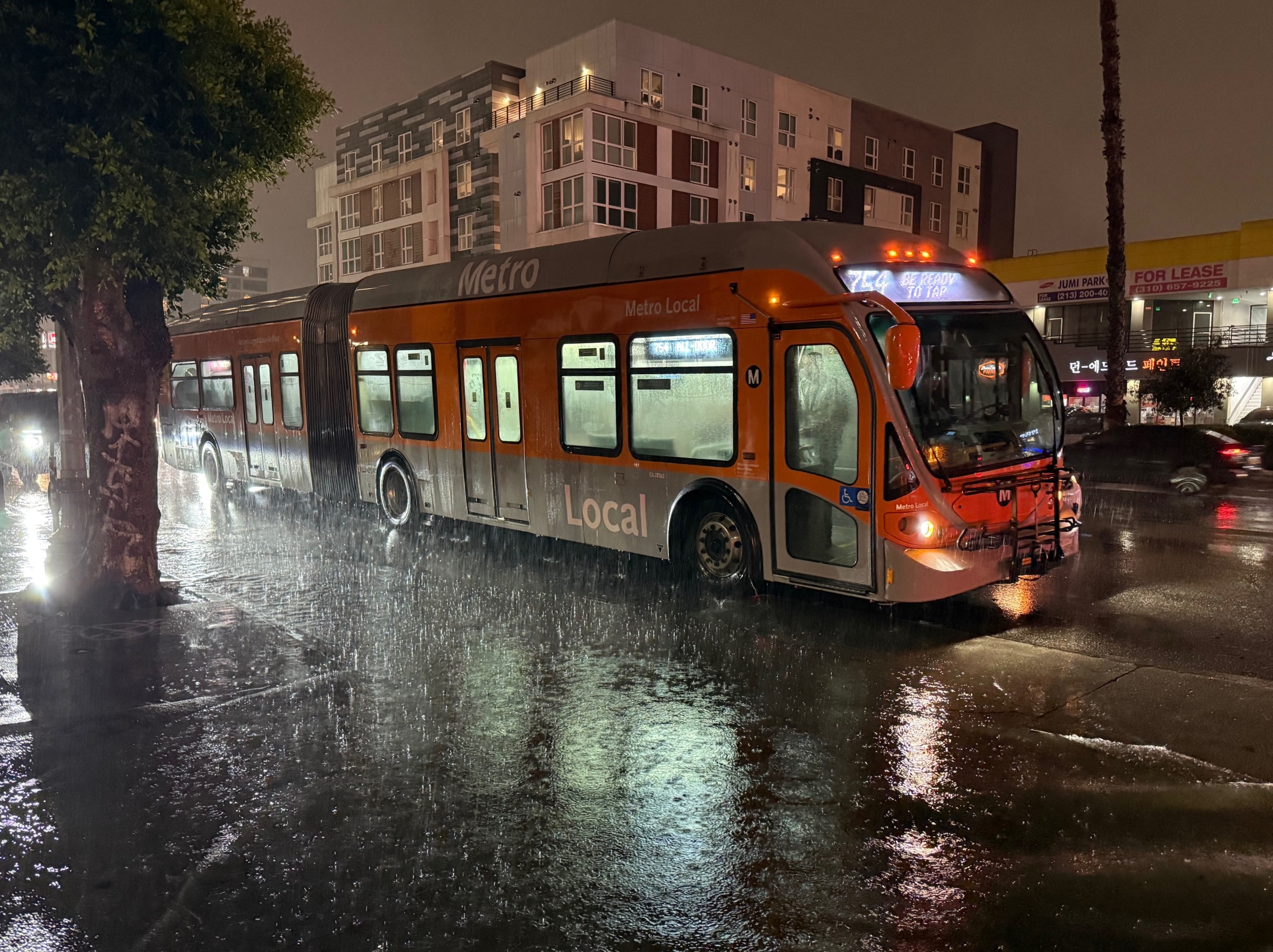 (Chart: National League of Cities)
(Chart: National League of Cities)The
White House's proposed budget for 2011 would direct $2.8 billion to its
biggest-ticket urban aid programs, even as American city governments
face estimated budget shortfalls of at least $19 billion next year,
according to a report released today by the nonpartisan Drum Major Institute (DMI).
The
report compares urban budget shortfalls estimated by the National
League of Cities -- which found that 62 percent of metropolitan areas
delayed or canceled infrastructure projects during last year's economic
downturn (see above chart) -- with the amount the Obama administration
aims to spend on city transportation, housing, and community aid next
year.
The DMI report praises the White House for its Partnership for Sustainable Communities, an ambitious plan
to unify the disparate elements of federal land-use policy, and its
continued attention to affordable housing grants. The budget "does demonstrate a concern for how federal policy impacts the health and vibrancy of neighborhoods and communities," DMI analyst Harry Moroz wrote.
But
at a time when Washington can continue to deficit spend while city
governments must achieve balanced budgets, often by having to cut
essential services, Moroz questioned the Obama administration's ability
to recognize the large-scale economic difficulties confronting U.S. metro areas:
Such
a shift [as the White House's 2011 budget makes] might have been sufficient in an era of robust job growth with
a humming economy and expanding city revenues. In the current climate,
though, it suggests an administration that is certainly aware of the
importance of cities, but is unwilling to commit the necessary
resources to meet the basic economic needs of cities and their local
governments. ...Only substantial direct assistance to city
governments, coupled with an ambitious and targeted jobs program, can
ensure that cities, the economic engines of the country, do not soon
run out of fuel.
Just how big of a hole are cities in for 2011? The National League's
study found that in the best-case scenario of a 3 percent budget
shortfall, the nation's urban budget gap would reach $12 billion, with
the worst-case outcome yielding $19 billion in urban deficits.
Once
anticipated cuts to state governments' urban spending are factored in,
however, the total shortfall could reach as high as $29 billion.






